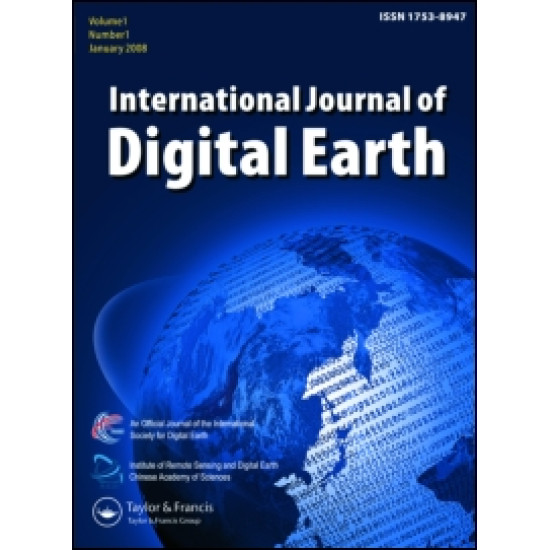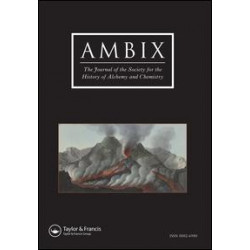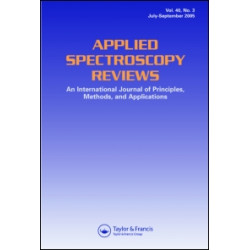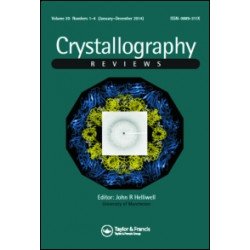
Digital Earth is a virtual representation of the planet, encompassing all its systems and forms, both natural environment and human societies, manifested as a multi-dimensional, multi-scale, multi-temporal, and multi-layer information facility. Digital Earth is the framework for geographically linked research and applications in the physical and social domains of the Earth, a digital modeling platform to monitor, measure, and forecast natural and human activity on the planet, and a visualization of the world. It is three-dimensional, four-dimensional if a temporal monitoring component is added, and even five-dimensional if scale is treated as a variable instead of a set of discrete steps. As a global initiative, Digital Earth aims to improve social conditions, protect the environment, and support future sustainable development.
- Progress visions for Digital Earth frameworks, policies, and standards;
- Explore geographically referenced 3D, 4D, or 5D models to represent the real planet, and geo-data-intensive science and discovery;
- Develop methods that turn all forms of geo-referenced data, from scientific to social, into useful information that can be analyzed, visualized, and shared;
- Present innovative, operational applications and pilots of Digital Earth technologies at a local, national, regional, and global level;
- Expand the role of Digital Earth in the fields of Earth science, including climate change, adaptation and health related issues,natural disasters, new energy sources, agricultural and food security, and urban planning;
- Foster the use of web-based public-domain platforms, social networks, and location-based services for the sharing of digital data, models, and information about the virtual Earth; and
- Explore the role of social media and citizen-provided data in generating geo-referenced information in the spatial sciences and technologies.
The journal publishes primary research papers, review articles, and short technical letters on research that warrants fast publication. The journal also welcomes thoughtful outlook papers that can generate debate and catalyze ideas to advance the Digital Earth vision. In addition, special issues on specific topics of relevance to Digital Earth will be published to examine particular points in depth. The Journal is an official publication of the International Society for Digital Earth ( www.digitalearth-isde.org)
International Journal of Digital Earth acknowledges the support of the Key Laboratory of Digital Earth Sciences and the Institute of Remote Sensing and Digital Earth (RADI), Chinese Academy of Sciences.
International Journal of Digital Earth is now able to publish uncorrected proofs online within 7 days, as part of its iFirst service.
STAR
Taylor & Francis/Routledge are committed to the widest possible dissemination of its journals to non-profit institutions in developing countries. Our STAR initiative offers individual researchers in Africa, South Asia and many parts of South East Asia the opportunity to gain one month’s free online access to 1,300 Taylor & Francis journals. For more information, please visit the STAR website.


















